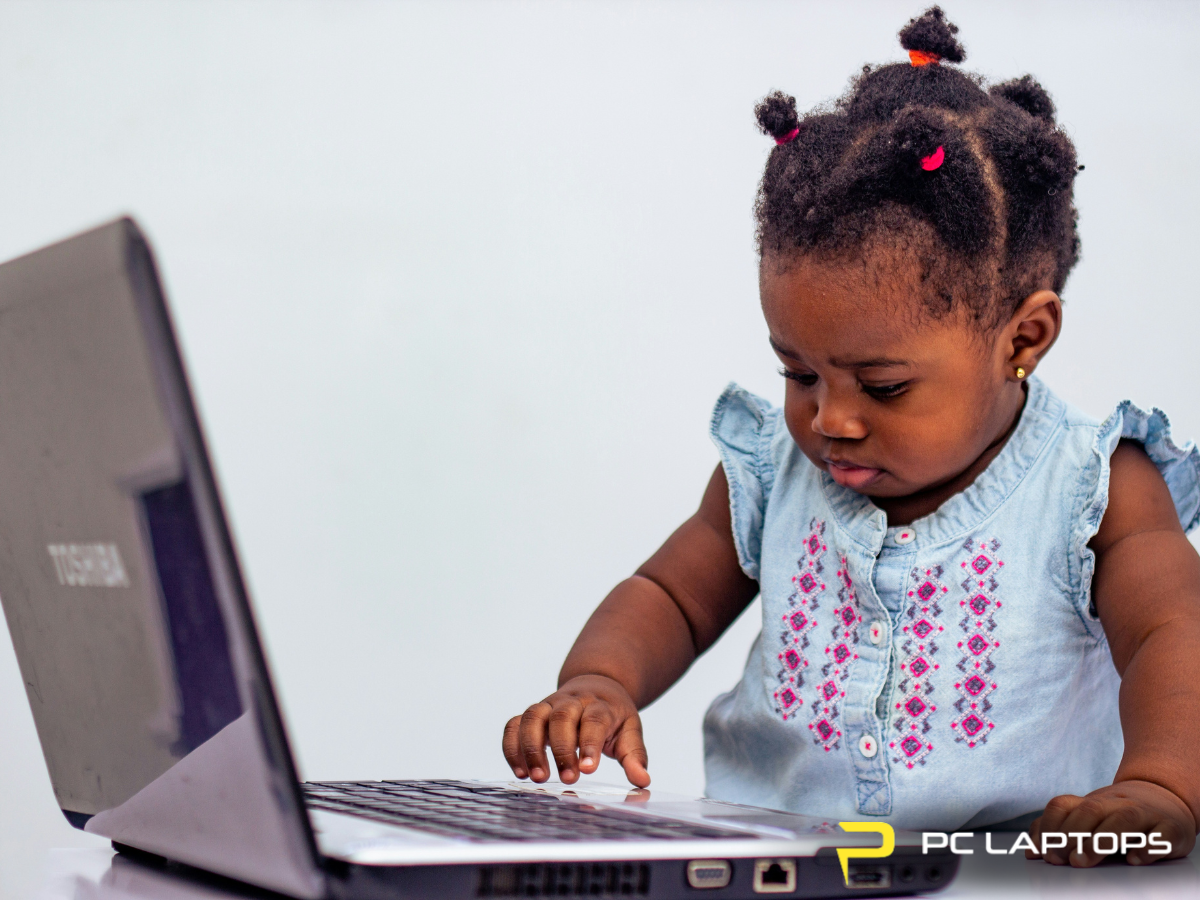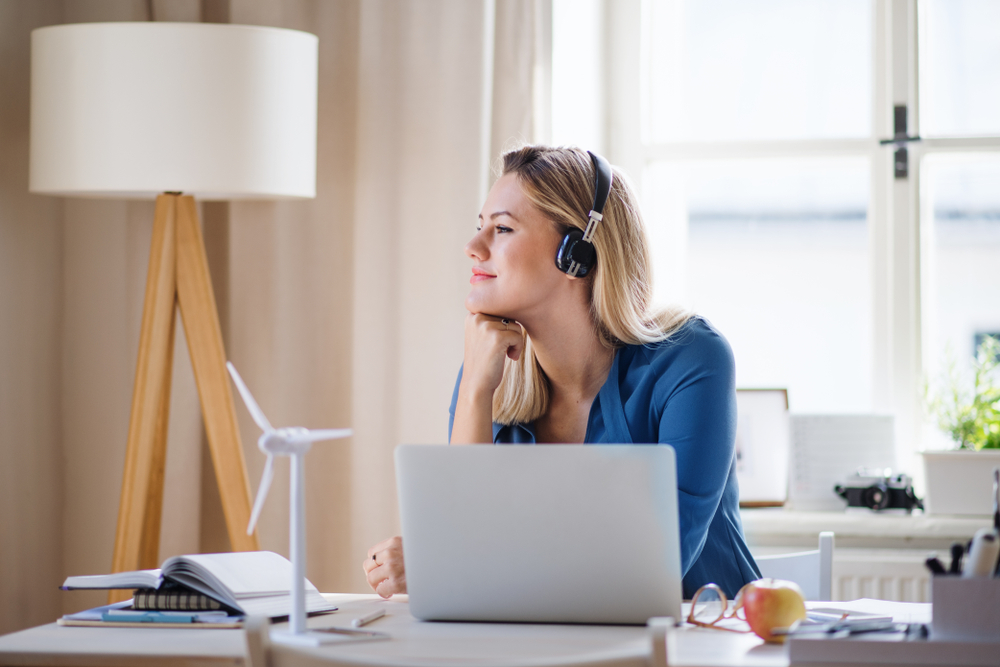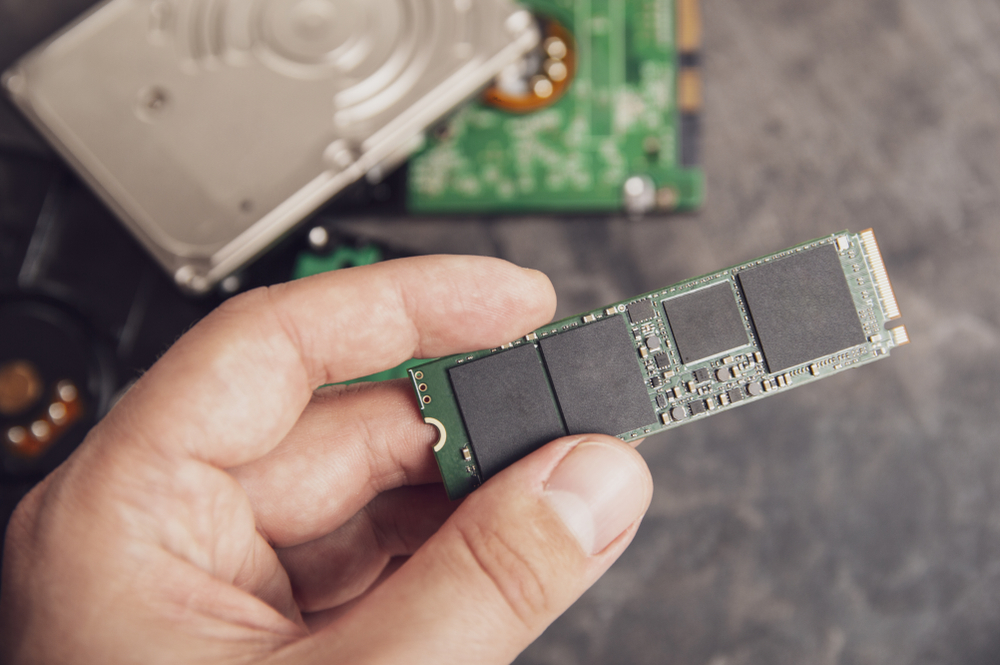Children and Computers: Physical and Device Safety

Children and Computers: Physical and Device Safety
Managing child computer safety isn't just about limiting screen time—it's about teaching healthy digital habits, promoting physical comfort, and protecting your devices. From setting household rules and filters to creating an ergonomic space, this guide covers how to protect both your kids and your technology. PC Laptops can help Utah families set up safer, more durable computer systems for growing children.
At A Glance: Keep Kids Safe, Healthy, and Screen-Savvy
Protecting kids online isn’t just about limiting screen time—it’s about building smart habits, setting boundaries, and keeping tech durable and safe.
Here’s how:
- Create an ergonomic setup for comfort and posture.
- Set age-appropriate screen time limits and stick to household rules.
- Use parental controls and filters to block harmful content.
- Protect devices with cases, limited accounts, and supervised access.
- Model healthy tech use and engage with your child during screen time.
Need help setting up a kid-safe system? PC Laptops helps Utah families build durable, secure setups for learning, play, and growth.
Need more info? Read on.
Why Child Computer Safety Matters
Today’s children spend more time online than ever before. Whether they're playing a video game, attending online classes, or watching high-quality programming, technology is woven into their everyday lives. While screen time can be educational, too much of it—without structure—can have physical, mental, and behavioral consequences.
According to the American Academy of Pediatrics, children need more than just content limits. They need routines that promote healthy habits, physical activity, and in-person connection. By setting boundaries around technology use, you’re doing more than just managing behavior—you’re protecting your child’s growth and development.
1. Physical Safety: Beyond Screen Time
Set Up an Ergonomic Kids PC
A proper kid laptop setup can help avoid many of the physical issues associated with extended computer use. An adult-sized desk or chair may cause discomfort or bad posture, especially during long sessions.
Here’s how to create an ergonomic kids PC space:
- Adjust chair and desk height to fit your child’s size
- Keep monitor at eye level to reduce neck strain
- Use smaller peripherals for better hand comfort
- Encourage physical activity breaks every 30–60 minutes
An uncomfortable setup can discourage learning and lead to aches or fatigue. At PC Laptops, we help parents design setups that support children's health through safe, long-term use.
Screen Time Recommendations by Age
Children’s screen habits should be guided by their developmental needs. The American Academy of Pediatrics and Mayo Clinic Health System offer specific advice for families:
- Children younger than 18 months: Avoid screen time except for video chatting
- Children ages 2 to 5: Limit child’s screen time to one hour per day of high-quality educational content
- Children ages 6 and up: Set consistent limits on time and content
- Children and teens (ages 8 to 12+): Monitor screen time and maintain balance with social skills and physical activity
Let your child know the reason behind screen limits. Talk to your child about what they’re watching or doing online and encourage your child to engage in non-digital activities too.
2. Device Safety: How to Protect Laptops from Kids
Practical Tips to Protect Your Laptop
We’ve seen it all—cracked screens, deleted files, sticky keyboards. If your child is using your computer or has their own, you’ll want to take steps to protect your laptop from kids.
Simple tips to extend your device’s life:
- Use a rugged laptop case
- Apply a screen protector
- Create a limited-access user account
- Keep the laptop out of your child's bedroom
- Avoid use an hour before bedtime
Accidents happen, but with smart setup and supervision, you can protect your investment. And if damage does occur, PC Laptops offers expert repairs for families across Utah.
Limit Access to Content and Apps
Child computer safety also includes protecting them from digital threats like cyberbullying, malware, and age-inappropriate material. Tools to help parents to help manage this include:
- Parental controls in Windows/macOS
- Internet filters for inappropriate sites
- Limiting app installs to adults only
- Monitoring tools like Bark or Qustodio
Monitor your child's digital habits without invading their privacy. These tools are a great balance between freedom and protection, especially for children and adolescents beginning to explore information online independently.
3. Healthy Digital Habits Start Early
Create a Guide to Media Use
You don’t need to ban all screens—but you do need a plan. A guide to media use helps you and your child stay on the same page.
Include rules like:
- No media devices during dinner or in bedrooms
- One hour of screen time per day for young children
- Offline time after playing video games
- Only high-quality or educational content allowed
- No screens an hour before bedtime
The AAP and the American Academy of Child and Adolescent Psychiatry note that many children who spend too much time on screens may face problems in children like sleep issues, obesity, and behavioral problems.
Interact and Play with Parents
Children younger than 2 especially need more physical and emotional interaction. Even when using devices, parents should co-view, co-play, and discuss the media your child is consuming.
This helps children develop language skills, social skills, and healthy emotional responses. Interacting and playing with parents helps children learn to use tech responsibly—not just to pass time.
4. When to Give a Child Their Own Device
Not sure if it’s time to give your kid a laptop? Consider your child’s age, maturity level, and ability to follow rules. Giving a child their own device should come with responsibility.
Ask yourself:
- Can they follow household rules for media use?
- Do they need it for school or learning?
- Can you supervise or restrict their usage?
If the answer is yes, PC Laptops can help you set up a durable, family-friendly system—whether for school, creativity, or controlled play.
5. The Potential Effects of Too Much Tech
Studies from Common Sense Media, the Mayo Clinic Health System, and the American Academy of Pediatrics reveal that much screen time can lead to:
- Difficulty sleeping
- Poor academic performance
- Reduced physical activity
- Hard time understanding emotions
- Exposure to cyberbullying or harmful content
Children spending hours a day watching screens or using media without boundaries may also miss opportunities to build essential real-world experiences.
But when used mindfully, digital media can enrich learning and creativity. It all comes down to setting the right limits.
6. How PC Laptops Supports Utah Family Computer Safety
At PC Laptops, we’re more than just a repair shop. We’re a trusted tech partner for families all across Utah.
We can help with:
- Kid-friendly laptop recommendations
- Custom child computer safety setups
- Durability upgrades to protect laptop from kids
- Software for content filtering and time management
- Repairs and tech support for accidental damage
Whether you're setting up your child’s first laptop or modifying your current system for safety, our team can make your home safer and smarter.
Final Thoughts: Healthy Habits Beyond the Screen
Raising digital-savvy kids doesn’t mean they’re on screens all day. By setting consistent limits, talking with them, and modeling good behavior, you create space for healthy media use and offline growth.
For personalized assistance on children and computers regarding physical and device safety, we encourage you to book an appointment. Learn how to help your child set consistent limits on screen time, encourage physical activity, and explore high-quality educational media.
Let us guide you on the best practices for managing technology use and fostering healthy habits for children and teens. Don't miss the opportunity to talk to your child about the potential effects of too much screen time and cyberbullying. Schedule your appointment today!
Need help creating a safer computer setup? Visit https://www.pclaptops.com/location or stop by a Utah store to explore our family-friendly tech options.
Help your child grow up safe, smart, and screen-wise—with help from PC Laptops.



